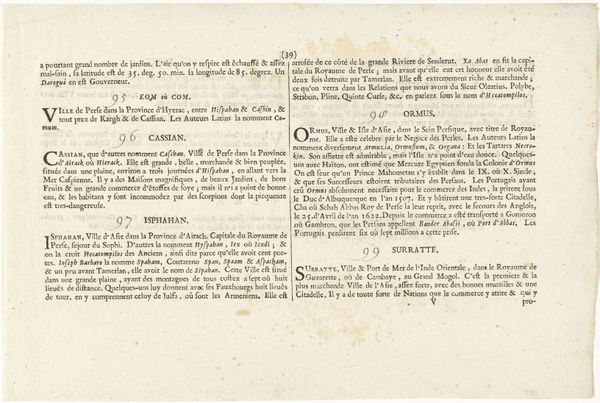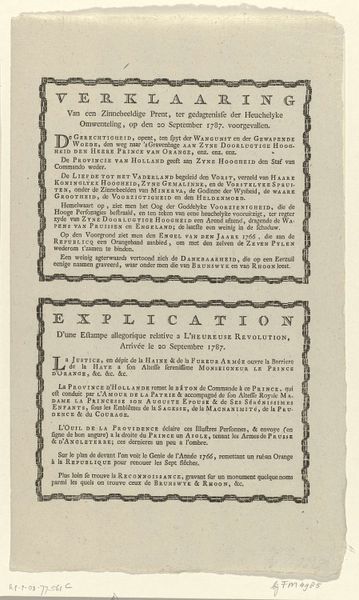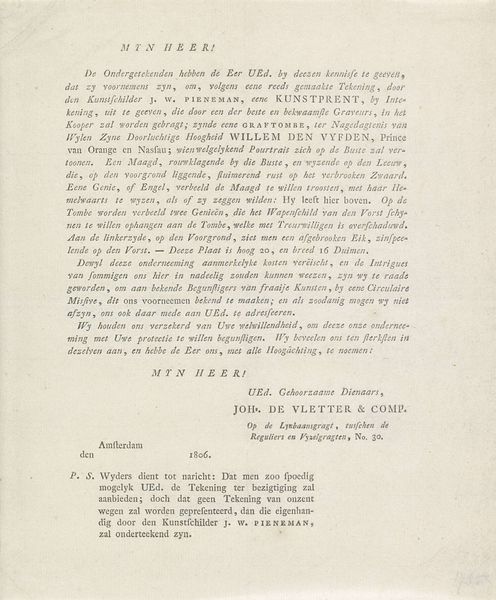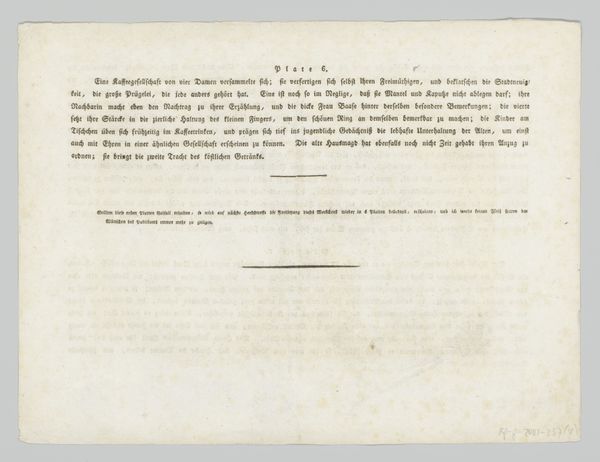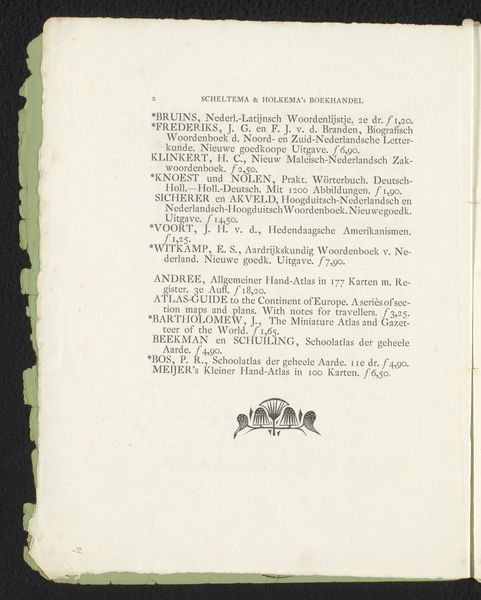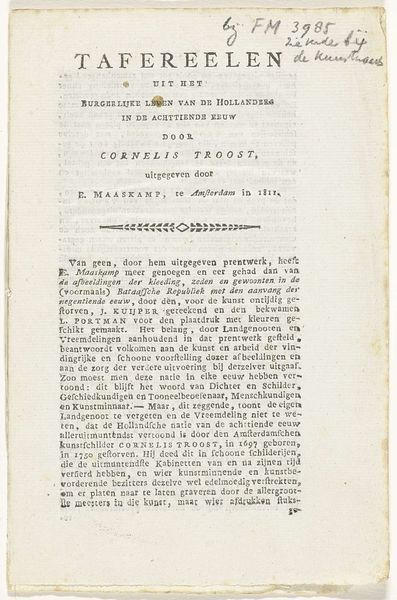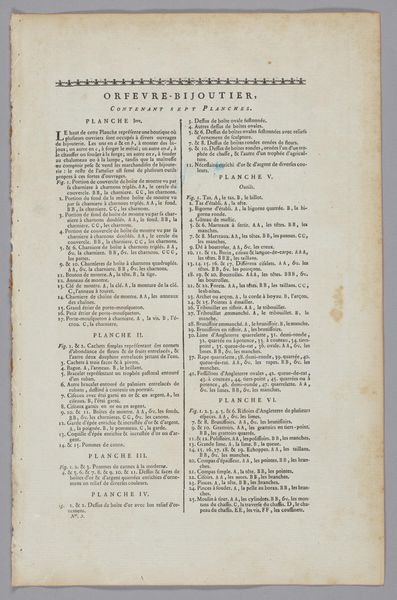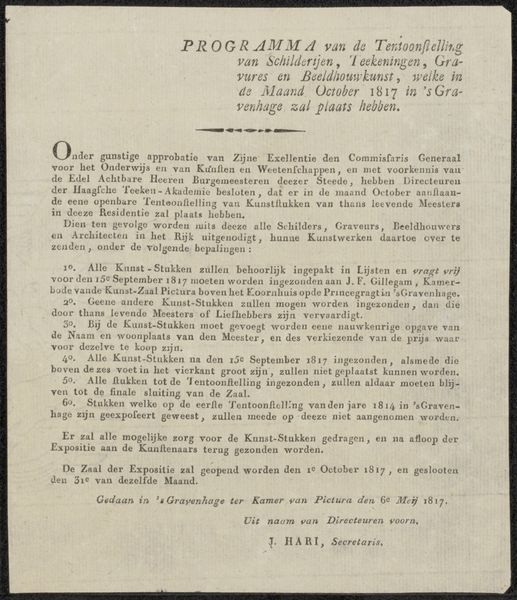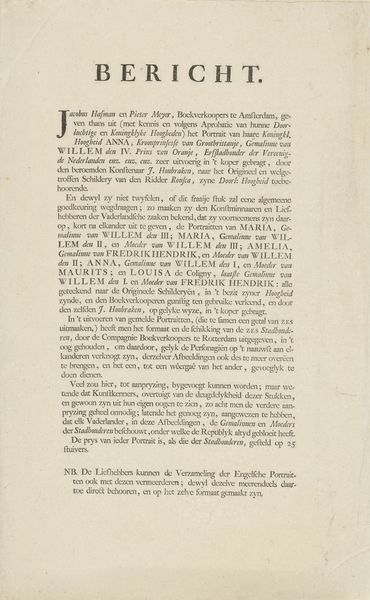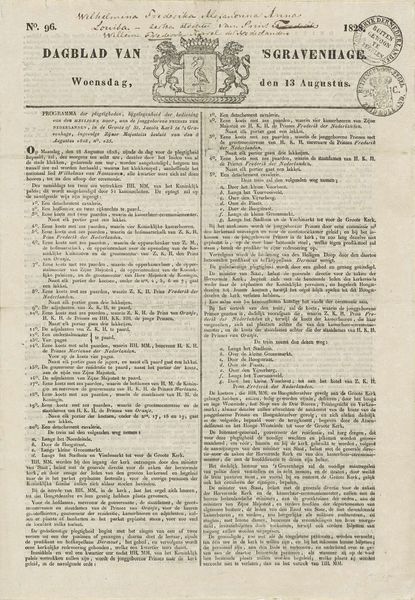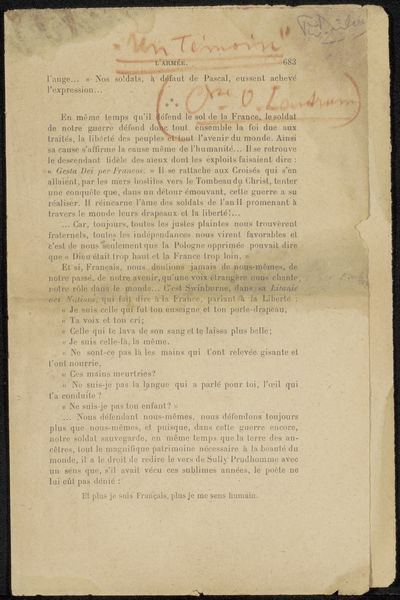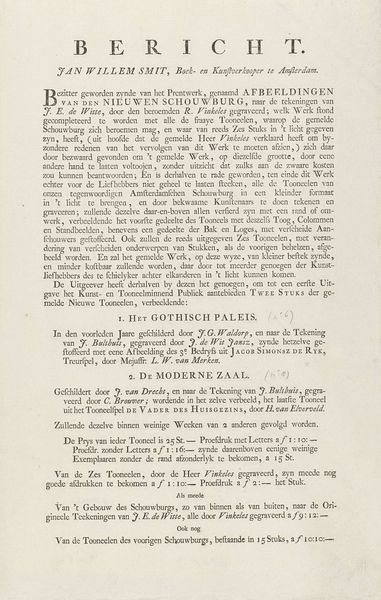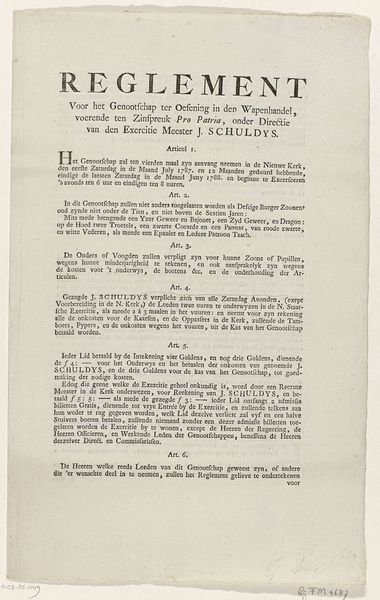
Serie van twintig prenten betreffende het Romeinse carnaval, met titelprent en inhoudsopgave 1820
0:00
0:00
print, typography
#
hand-lettering
# print
#
sketch book
#
hand drawn type
#
hand lettering
#
personal sketchbook
#
typography
#
hand-drawn typeface
#
ink colored
#
pen work
#
sketchbook drawing
#
italian-renaissance
#
sketchbook art
Dimensions: height 205 mm, width 475 mm, height 413 mm, width 568 mm
Copyright: Rijks Museum: Open Domain
Editor: Here we have a print titled "Serie van twintig prenten betreffende het Romeinse carnaval, met titelprent en inhoudsopgave," created around 1820 by Carl Gustaf Hjalmar Mörner. It looks like a page from a sketchbook, featuring text and possibly preparatory drawings for a larger project. What captures my attention is the intricate typography and hand-lettering. How do you interpret this work? Curator: This page acts as a repository of cultural memory. The lettering itself, each carefully crafted character, evokes the aesthetics of the Italian Renaissance and connects us to that specific historical context and period. The script, combined with the table of contents format, hints at rituals and performances documented across twenty plates. This isn’t merely a list; it’s a symbolic portal to a lost Carnival. Editor: That's fascinating. I hadn’t thought of it as a "portal". So, you're suggesting that the text functions as more than just descriptions? Curator: Precisely. Think of Carnival, the event itself as a symbolic inversion of societal norms, a release of pent-up energy. And then consider that a table of contents *about* it—itself acts like an invocation, calling the riotous spectacle to the mind's eye. Even the act of lettering, the artist carefully shaping each form with intention. Can you notice in the composition that the print invites to contemplate the handwritten letters, as we trace their forms? Editor: Yes, now that you point it out, I see that! So the print serves almost like a memento or a coded invitation back to the cultural moment of the Roman Carnival. I’ll never look at a sketchbook page the same way again! Curator: Indeed. Visual symbols act as triggers of shared histories, echoing within us and inviting us to remember. It is a memory for society and cultures to continue their symbolic traditions through different media.
Comments
No comments
Be the first to comment and join the conversation on the ultimate creative platform.
